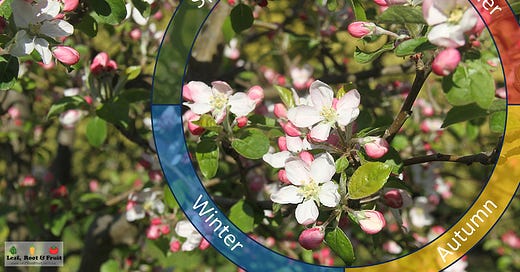Phenology and Seasonal Gardening Influences
Part Nine of the Vegetable Patch from Scratch Series
My favourite gardening topic is phenology. Timing of garden-related events such as sowing seeds and planting out seedlings is critical to successful gardening. Phenology can help you to identify optimal times for gardening activities and adapt to seasonal variation in climate.
I can write a planting guide that is specific to Melbourne, and another one for Central Victoria, and they will be roughly correct. However, each garden is different and certainly each year provides different seasonal conditions.
Your gardening success is going to rely on you creating your own planting plan or, at the very least, refining one of the basic ones that I provide. Conducting your own observations can provide most of the knowledge you need to plan the timing of planting, watering, pruning and pest control. Then look to nature for clues as to what to do and when to do it.
Seasonal gardening influences
Rainfall and temperature fluctuate with the seasons and from year to year. These fluctuations have an impact on plant growth. Warmer ambient and soil temperatures can increase the activity of plant enzymes and speed up plant growth. Reduced water in summer limits the growth of many plants. Increased day length allows plants to photosynthesise for longer. You can look up summaries of conditions and seasonal averages on the Bureau of Meteorology website.
Gardening is affected by other seasonal influences too. These include:
Wind: Prevailing winds may change throughout the year. Some times of the year may experience particularly unsettled or windy weather.
Humidity: Winter tends to have much higher humidity than summer. Humidity can lead to fungal issues such as powdery mildew and early blight.
Storms: These can cause damage in the garden. They may be more prevalent or severe at certain times of the year.
Photoperiodism: Some plants are induced by increasing day length in spring to bolt (flower and set seed).
Pests and diseases: Many pest and disease outbreaks are influenced by seasonal changes in weather or availability of particular host species. If these can be predicted, then so can the pest or disease outbreaks! I cover this in more detail in Part 26.
Overall seasonal conditions: Many of our vegetable crops favour certain seasonal conditions. Planting your vegetables at the correct time of the year will help ensure success. This is covered further in Part 12.
Understanding how seasonal influences change throughout the year in your local area can help improve gardening success.
What is phenology?
Phenology is the study of nature with a particular focus on patterns of seasonality and timing. The basis of phenology is that plants, fungi and animals have interrelationships with each other, and are also influenced by the seasonal weather patterns such as day length, rainfall, temperature and wind.
Most seasonal patterns in nature vary to some extent. For example, some deciduous trees need a certain number of chill hours in winter (hours below a certain temperature) before breaking dormancy. The soil temperature (cool soil in winter and warming soil in spring) may also play a role. Day length regulates flowering processes in some plants, but available soil nutrients, soil temperature and recent rainfall can also play a role. The stimulation of many plant-related events is quite a complex process. As such the timing of these events can vary each year, sometimes by days, sometimes by weeks.
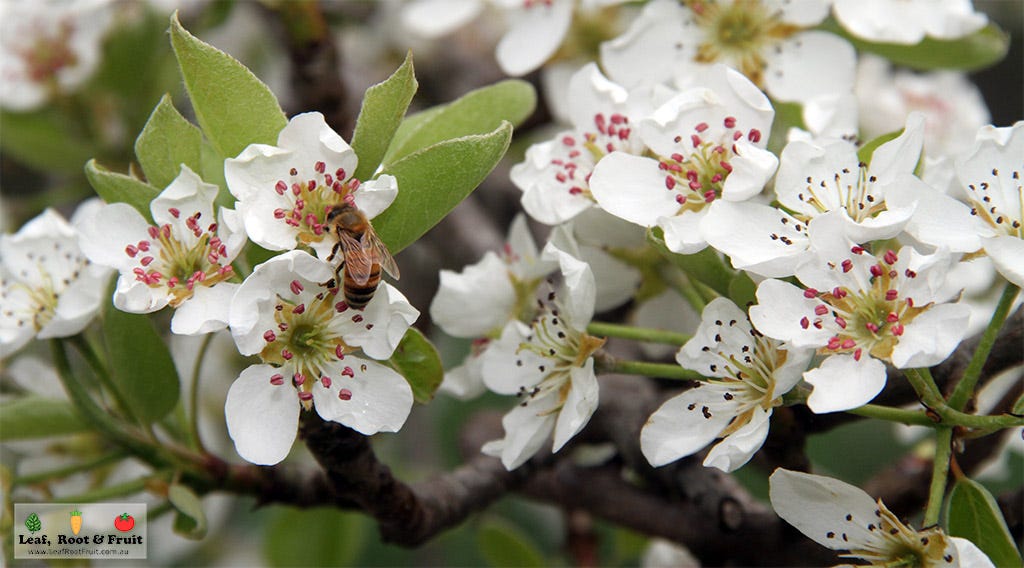
As temperatures warm in spring, ecosystems tend to increase in activity. Plants break dormancy and often flower. This produces food in the form of nectar and pollen. The available food will likely lead to an increase in insect life to feed on it. Throughout spring, the food web slowly awakens. Birds and frogs begin to increase in activity to feed on the insects. Higher level predators such as lizards and snakes have evolved to break dormancy a few weeks after the frogs. If you pay careful enough attention, you start to see this same pattern emerging year after year and can use it to help determine the timing of your gardening activities. The whole ecosystem is interconnected. The impacts of unusual weather events may be seen fairly quickly but also have a lasting influence as they ripple through the food web. This is the basis of phenology.
In its simplest form, phenology can mean using nature’s cues to inspire action. For example, I use the flowering of the Silver Wattle (Acacia dealbata) as an indicator that it is the right time to sow tomato seeds in the greenhouse. The flowering of the Silver Wattle varies from year to year and from region to region. Trees growing in some parts of Melbourne may flower four weeks ahead of those in Kyneton, central Victoria, where I have my garden. When I moved from Melbourne, using these observations allowed me to transfer my Melbourne-based gardening knowledge to Kyneton with far greater success than if I had relied on set dates and months.
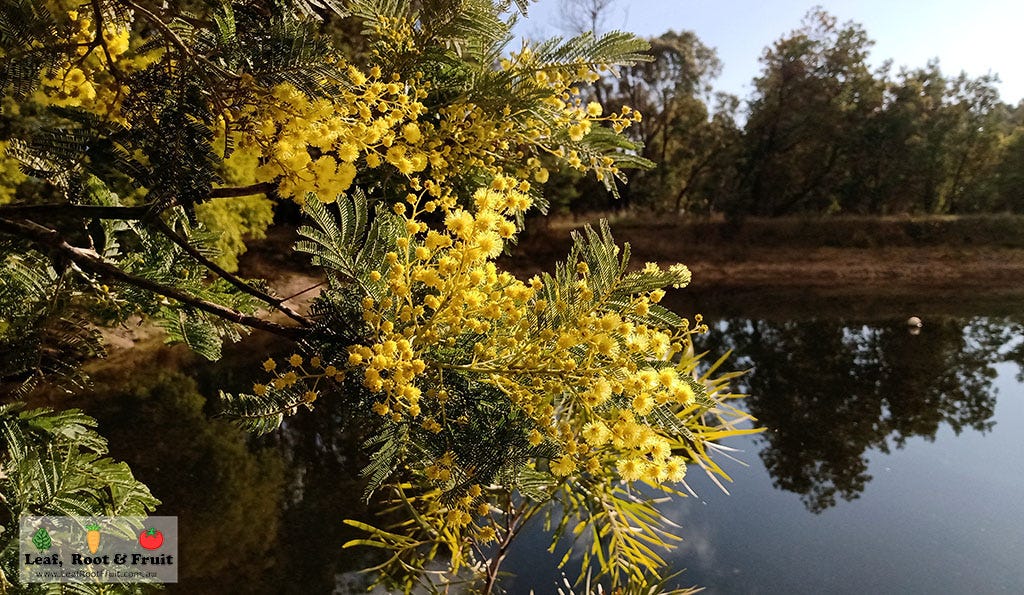
Melbourne-based fishermen also rely on phenology. For example, it is commonly believed that good snapper runs in Port Phillip Bay are associated with the flowering of the Tea Tree (Melaleuca alternifolia). It is not that the snapper enter the bay because the trees are flowering. Instead, it is likely that the same environmental influences that dictate the flowering of the Tea Tree also dictate the migration patterns of snapper into Port Phillip Bay. These environmental influences likely occurred months previously.

Animals and plants are closely linked and phenology extends beyond the plants. Animal and bird behaviour can also serve as an indicator of seasonality. This could include observations of:
courtship or mating (including calling, songs and other rituals)
nest building or egg laying
migratory patterns
territorial disputes and fighting
dormancy or increases in activity (especially reptiles)
swarming (bees and other insects)
metamorphosis of insects
pest outbreaks.
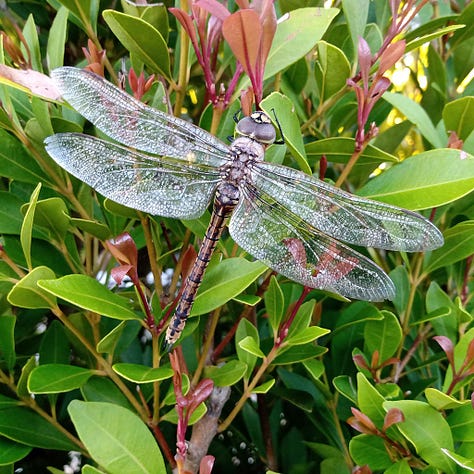
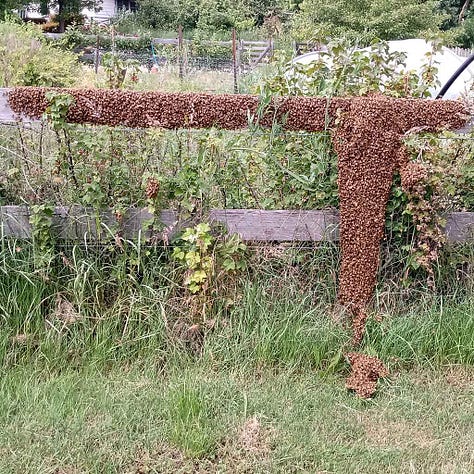
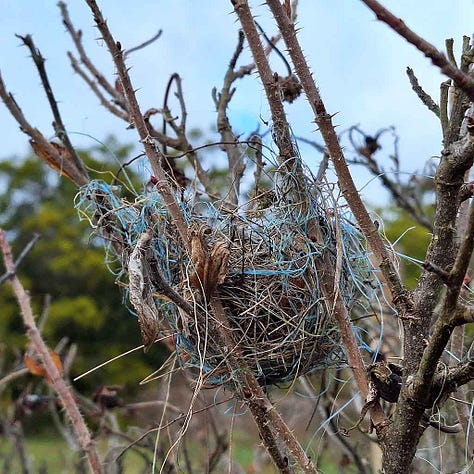


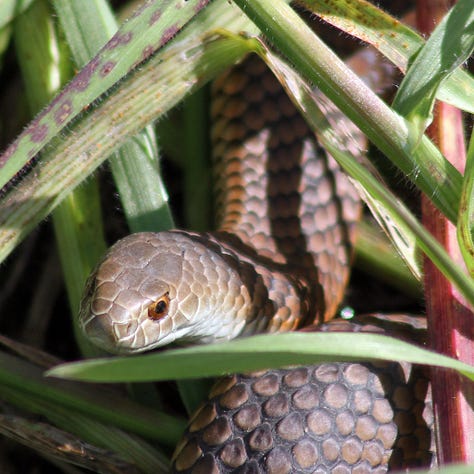
Many Indigenous people around the world rely on phenology to dictate their living patterns and activities. Phenology may also be helpful as we adjust to climate change. Changing weather patterns will become obvious in the timing of plant and animal activities. Adjusting the timing of our gardening activities according to these changes should enable us to adapt and become better gardeners.


